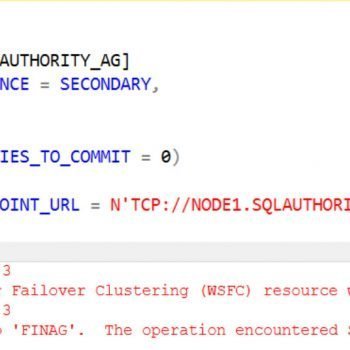SQL SERVER 2005 uses ALTER INDEX syntax to reindex database. SQL SERVER 2005 supports DBREINDEX but it will be deprecated in future versions. Let us learn how to do ReIndexing Database Tables and Update Statistics on Tables.

When any data modification operations (INSERT, UPDATE, or DELETE statements) table fragmentation can occur. The DBCC DBREINDEX statement can be used to rebuild all the indexes on all the tables in the database. DBCC DBREINDEX is efficient over dropping and recreating indexes.
Execution of Stored Procedure sp_updatestats at the end of the Indexes process ensures updating stats of the database.
Method 1: My Preference
USE MyDatabase
GO
EXEC sp_MSforeachtable @command1="print '?' DBCC DBREINDEX ('?', ' ', 80)"
GO
EXEC sp_updatestats
GOMethod 2:
USE MyDatabase GO CREATE PROCEDURE spUtil_ReIndexDatabase_UpdateStats AS DECLARE @MyTable VARCHAR(255) DECLARE myCursor CURSOR FOR SELECT '['+TABLE_SCHEMA+'].['+TABLE_NAME+']' FROM information_schema.tables WHERE table_type = 'base table' OPEN myCursor FETCH NEXT FROM myCursor INTO @MyTable WHILE @@FETCH_STATUS = 0 BEGIN PRINT 'Reindexing Table: ' + @MyTable DBCC DBREINDEX(@MyTable, '', 80) FETCH NEXT FROM myCursor INTO @MyTable END CLOSE myCursor DEALLOCATE myCursor EXEC sp_updatestats GO
Though this is an old trick, it works pretty well on the most of the system and it gives very good results. I strongly encourage you to try this out if you have performance issue with SQL Server.
Reference: Pinal Dave (http://www.SQLAuthority.com)





